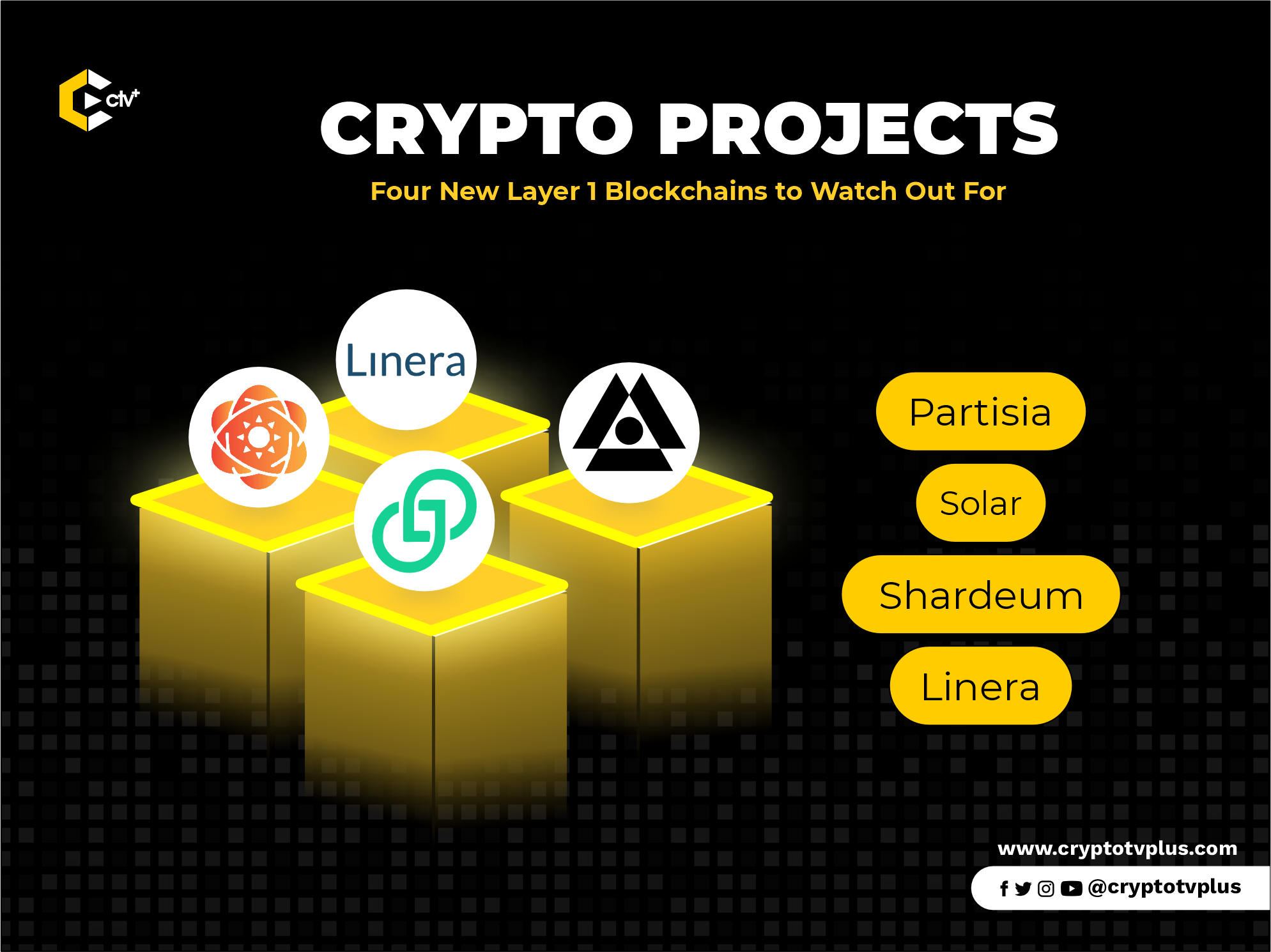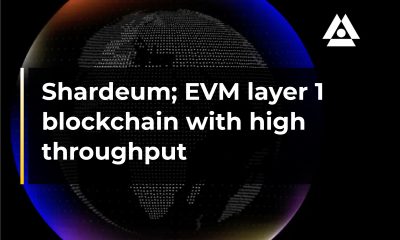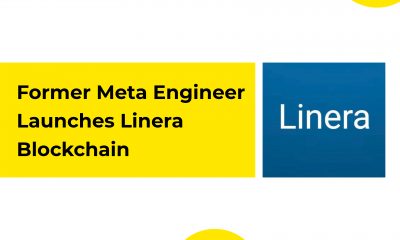Education
Four New Layer 1 Blockchains to Watch Out For

Layer 1 blockchains are the foundational networks upon which other networks are built. The most popular of these L1s are Bitcoin, Ethereum, and BNB chain.
Any Layer 1 chain can validate and finalise transactions without the need for external assistance. As a result, Layer 2 chains rely on Layer 1 chains to function. This is why Layer 1 tokens, like bitcoin, are built on a primary structure whereas Bitcoin Layer 2 tokens are built on Layer 1 chains.
Layer 1 chains are designed with a specific goal in mind. For example, Bitcoin represents trust and security but is deficient in scalability whereas Ethereum, another Layer 1 chain, gave developers the first chance to create dApps for more versatile use cases.
Smart contract development also started with Ethereum yet, there is still a scalability challenge with the Vitalik inspired project. This is why more Layer 1 chains have been developed over time.
Here are a few Layer 1 chains to look out for in August:
Partisia
Partisia is a layer 1 chain designed to solve the blockchain trilemma (security, scalability and decentralization) using the ZK privacy, sharding to enhance scalability, and an MPC bridge.
The “decentralized multi-party zero-knowledge computations (MPC)” used to design the Partisia chain is in response to the team’s belief that the trilemma of blockchain (concerns around scalability, privacy, and interoperability) can be modified to scalability, security, and decentralization.
Why?
The team believes that while interoperability fixes the problem of decentralization and scalability, “privacy” is the same as “security”.
Furthermore, using ZK privacy system, sharding, and an MPC bridge makes the Partisia chain the first Layer 1 + 2 project. This means that it can fully support on-chain public and private transactions making it suitable for government-based activities. Read about the tokenomics here, and the team of cryptographers behind the project.
Solar
Solar is a community-driven blockchain designed to aid true governance in the Web3 space. It is an open-source project where developers and community determine the direction of the development.
The team behind the project initiated the Delegated Proof of Stake (DPoS) Consensus powered by ARK Core as the algorithm of the Solar chain making it less susceptible to attacks like 51% attack. There are about 53 delegates or node operators who are chosen by community voters using the weight of their wallets. These operators, who receive block rewards, provide security, code updates, marketing development and other advantages to the chain.
Part of the roadmap of the project is to launch: the Solar Foundation, testnet, desktop wallets v2 and v3, SDK & libraries, side ledger protocol on testnet, mainnet, staking features, swapping from ERC20/BEP20, mobile application, web wallet, SLP on Mainnet, Solar DEX, Solar Metaverse Alpha and Beta, NFT Marketplace, Solar Launchpad, burn mechanism that makes burning asset easy.
Shardeum
The Shardeum project started in 2022 by Co-Founders, Nischal Shetty and Omar Syed as a smart contract platform developed to scale using sharding.
Although, Shardeum blockchain seems similar to Harmony, and Near protocols, it is unique and differs in the way it executes transactions. Instead of validating transactions in batches of blocks, they are done singly using a first-come, first-served system thereby saving time.
Another advantage of the Shardeum network is the increase in the transactions per second (TPS) for every node that joins the network.
This also enhances the scalability of the network as well as decrease the overall transaction fees users are meant to pay. Also validators of the Shardeum network don’t require sophisticated machines to do their work as in PoW chains.
The combination of a leaderless Proof-of-Quorum (PoQ) consensus algorithm, and Proof-of-Stake (PoS) with sharding makes the chain as secured as possible.
Read about the tokenomics and the road map of the project here.
Linera Blockchain
The Linera protocol is an outcome of a research project by a former employee at Meta, Mathieu Baudet, on the development of the Novi project. It is a low latency Layer 1 blockchain built to function with the Proof of Stake algorithm.
The chain, which is designed to be run by auditable and accountable validators, will be linearly scalable. Linear scalability is a Web2 protocol model in which the efficiency of a network is increased as more systems like CPUs are added without altering the application code.
In the Linera network, the additions will be in the form of shards so that more validators will bring about an enhanced ecosystem by increasing the transaction per second of the chain. Sharding is a proposition to overcome the blockchain trilemma – scalability, decentralization and security.
The project raised $6m to develop the chain with participants from top crypto VCs like a16z Crypto, Tribe Capital, and Cygni Capital. This investment is targeted at building a team of engineers and more to develop the Linera ecosystem.
What do you think of this article? Share your comments below.





















Pingback: Four New Layer 1 Blockchains to Watch Out For by Chuks Nnabuenyi Jr – CryptoTvplus Events: NFT, DeFi, Bitcoin, Ethereum, Altcoin Events
Pingback: | CryptoTvplus: DeFi, NFT, Bitcoin, Ethereum Altcoin, Cryptocurrency & Blockchain News, Interviews, Research, Shows
Pingback: Aptos, what you should know | CryptoTvplus: DeFi, NFT, Bitcoin, Ethereum Altcoin, Cryptocurrency & Blockchain News, Interviews, Research, Shows
Pingback: Near Protocol to improve network with new upgrade | CryptoTvplus: DeFi, NFT, Bitcoin, Ethereum Altcoin, Cryptocurrency & Blockchain News, Interviews, Research, Shows